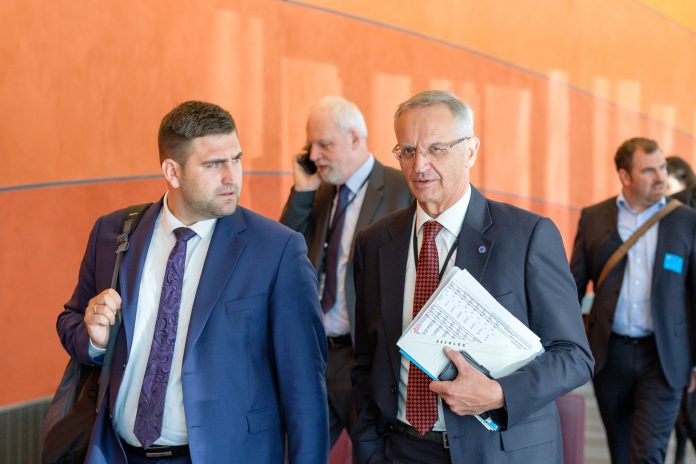Cohesion policy is based on the Treaty of the Union. In the current period around EUR 350 billion is spent on it. Thinking of cohesion policy images of infrastructure projects in the less developed and newer member states come to mind, like for instance Romania and Bulgaria. But there is much more to the policy. There are also many added benefits for the highly developed Member States, like for instance Germany and Belgium. Here we speak of “externalities”, benefits that come from public investments within the cohesion policy. There are benefits both for the recipients, the new Member States as well as for the ‘net contributors’. Until now, these integrated effects of the EU funds have never been properly researched. This (added) value of the cohesion policy has been underexposed for too long, time to come forward with the outcome of recent studies.

Zooming in
The aforementioned study, requested by the European Parliament, examines how cohesion investments affect the entire Union. Such a study can only be done on the basis of real data. That is why we opted for an analysis of the data for the period 2007-2014 (ex-post). The relationships have not changed much since then, hence we can also extrapolate these numbers as a basis for the actual period 2014-2020. We zoom in on the following countries: Austria, Germany, Netherlands, Belgium, Luxembourg, Sweden, Ireland, Denmark, Italy, Spain, Finland, France, United Kingdom, Portugal and Greece. This based on cohesion-receiving countries namely Poland, Hungary, Czech Republic and Slovakia.
In the study both the growth in recipient countries and the effects in the “donor countries” themselves are discussed. The report contains interesting outcomes. All in all (EU-15 versus 4 cohesion countries examined) the following picture emerges: Of the EUR 120 billion “cohesion money” invested by the EU-15 in the four new countries, there is a EUR 97 billion return on investment (externalities) for these 15 countries.
The net contributors see positive results in their own country. The bulk of cohesion policy funding is devoted to the development of e.g. transport infrastructure, water and waste management, development of new products and innovation transfer in the new Member States. The benefits of such investments for the EU-15 arise not only from direct participation in for example construction work, but also from the supply of machinery, technology and knowledge, the improvement of spatial coherence and access to transport. Thanks to cohesion policy, many bottlenecks in the trans-European transport networks have been removed. This allows companies, originating from the EU-15 and operating on the Eastern European market, to reduce the costs and time of transport of goods, which has a positive effect for the EU citizen in the form of lower prices of imported goods. The comfort and safety of traveling through Europe due to improved infrastructure can also not be forgotten. This is beneficial for all parties.
All in all, we can conclude from this study that it is not just the new Member States that profit from cohesion policy. A conclusion that especially now, after the release of the MFF-proposals, caries a lot of weight. I have said it before and I will say it again; “Cohesion policy is and always will be the glue that holds Europe together”. On the 23rd of May the EPP-group will organise a public hearing on these externalities in the European Parliament.
For the full report please click here.
Lambert van Nistelrooij, EPP coordinator for Regional Development
Andrey Novakov, EPP vice-coordinator for Regional Development

